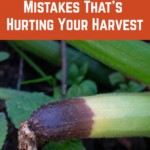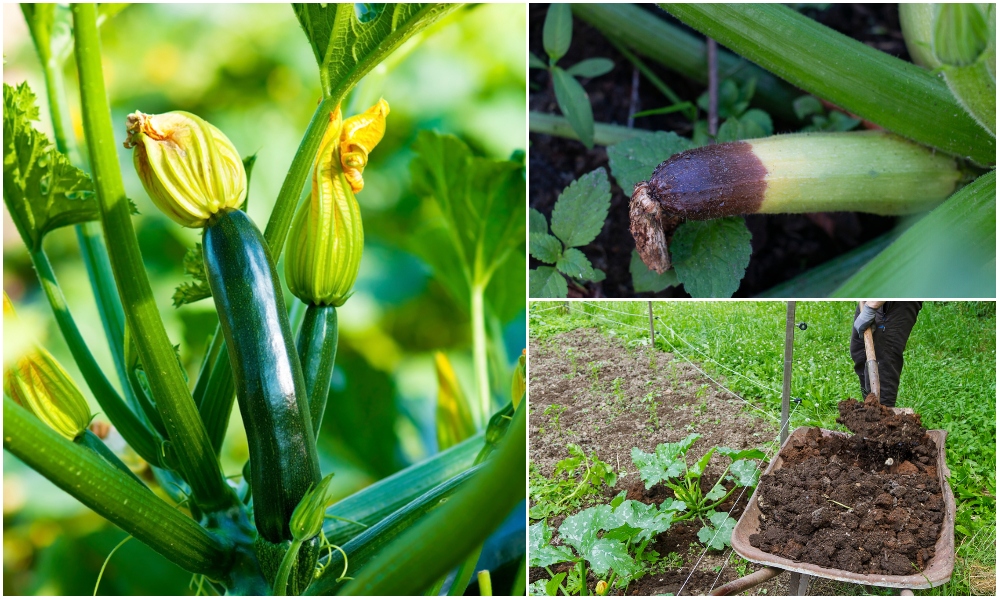
Zucchini and squash are popular plants. They make great additions to many gardens. And there are a huge variety of different options to choose from.
If you make the right choices, and care for them correctly, they can often deliver fantastic yields.
But as with most plants – there are a number of things that can go wrong.
To help you achieve great zucchini and squash harvests, and to make the most of your crops, here are 15 common mistakes gardeners make – and tips on how to avoid them.
1. Choosing the Wrong Varieties of Zucchini and Squash
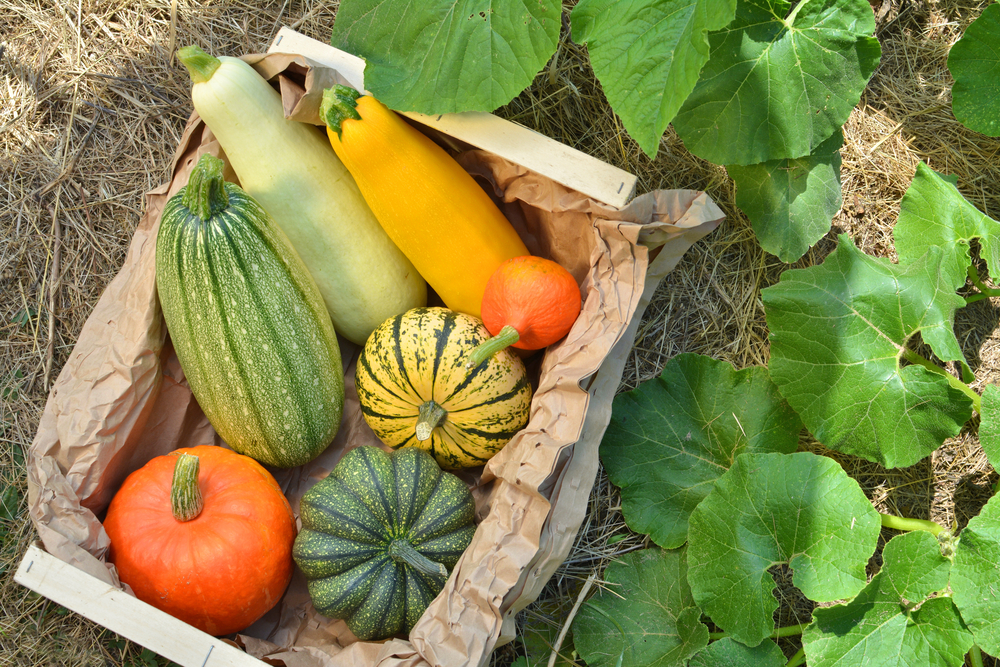
With so many different options out there – one of the most common mistakes is choosing the wrong varieties for where you live. It is important to remember that while there are likely options ideal for growing in your area – not all options are suitable for your garden.
Choose the Right Options for Your Location
For example if you live in an area (as I do) with a relatively short growing season, winter squash and pumpkins that take a long time to reach maturity will not be the best choices. You may struggle to get worthwhile yields before the cold weather arrives.
While I do sometimes grow summer squash and zucchini outdoors, they do far better in the warmth and protection of my polytunnel. If you live in a colder climate zone, it is important to choose varieties that can cope with the cooler temperatures where you live.
If you live in a warmer area, you will likely have a lot more options. But it is still important to think about choosing cultivars that are suited to the climate zone and local conditions. It is best to source seeds as locally as possible.
Do You Want to Save Seeds?
Remember, saving your own seeds is a great way to get plants that are better suited to your garden. But if you want to save seeds, you will need to think carefully about which options you choose.
You will need to choose heirloom varieties, rather than F1 hybrids, if you want them to come true from the seeds you collect next year.
You may be tempted to choose a number of different and interesting varieties, with different colors and flavors. But remember – cross-pollination will be an issue if you want to collect seeds from your crops.
If you grow multiple varieties and save seed – you could end up with some interesting hybrids.
Consider the Characteristics of Different Options
I have known a number of gardeners who have impulse bought certain varieties for their unusual colors or shapes. But it is also very important to consider the core characteristics of the zucchini or squash varieties you are considering.
For summer squash and zucchini – how they taste is of course paramount. For winter squash, taste is also important. But you will also have to consider how well they store if you want to keep them fresh over the winter months.
Check out this article for more advice and for some interesting squash options to grow.
2. Sowing Zucchini or Squash Too Early or Too Late
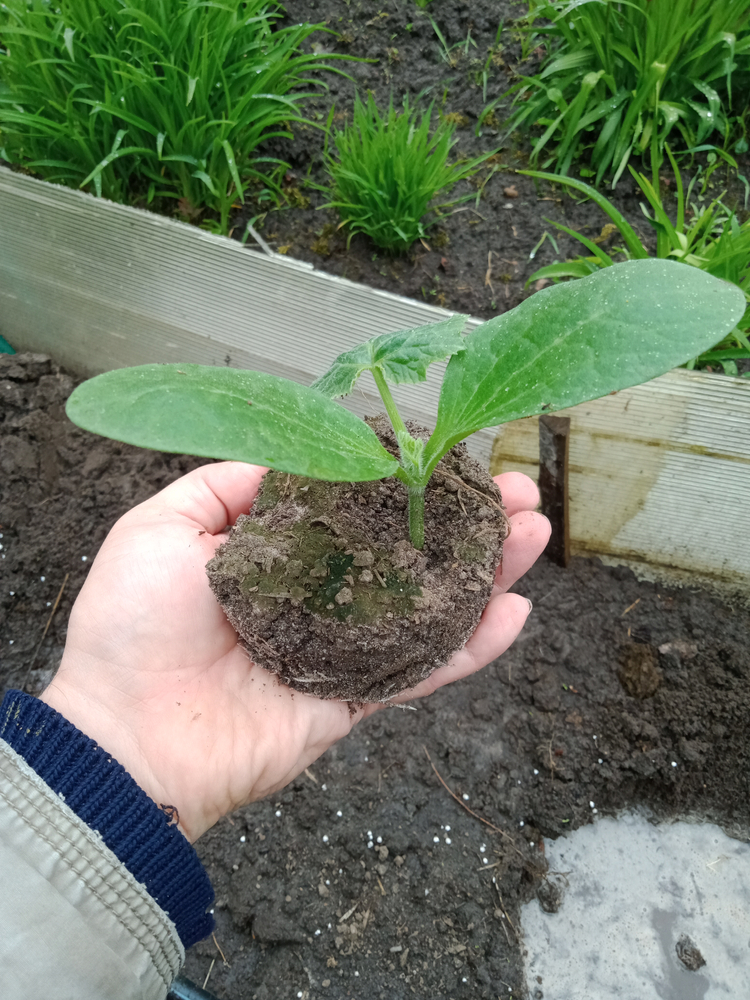
Knowing when to sow your plants is a delicate balancing act. Sow or transplant them too early, and they can be damaged by late frosts. Sow them too late, however, and you may have problems getting the plants to maturity before the end of the growing season.
When you sow exactly will depend on where you live, and the last frost date in your area. In my climate, it is best to sow them indoors before transplanting them to their final growing positions once the weather warms. Keep them in their pots too long, however, and their growth can be stunted. They are very hungry plants, and may use up nutrients in a smaller container.
If you do sow indoors, it is also important to remember that you will need to harden off your plants to acclimatize them before moving them to their outdoors growing positions.
Experienced local gardeners, and a planting calendar for your area, can help you work out when is the perfect time to sow and transplant your zucchini and squash plants.
If in doubt, don’t be afraid to ask for advice. The seed packet may give suggestions. But there really is no substitute for more specific local knowledge.
3. Not Preparing the Growing Area Well
One of the most important things to remember about zucchini and squash is that they are rather ‘hungry’ plants. In other words, they require quite high fertility, and will take up a lot of nutrients over the growing season.
I would say that one of the biggest mistakes new gardeners make is not preparing the soil in the growing area before sowing or transplanting their zucchini and squash.
If you are creating a new growing area from scratch, making a no dig lasagna garden or a hugelkultur mound is a great way to create areas rich in organic matter, with plenty of fertility.
A hot bed is also ideal for these plants. They’ll not only benefit from the nutrients in the decomposing material below. They will also love the additional heat those materials supply as they break down.
One other low tech and easy way to create a great growing area for these plants in an existing bed or border is simply to make a hole, and bury lots of vegetable scraps and kitchen waste within it, before covering it back over with soil. As the materials compost in place, they will provide plenty of nutrients for your plants. Some gardeners even plant zucchini or squash on last year’s compost heap.
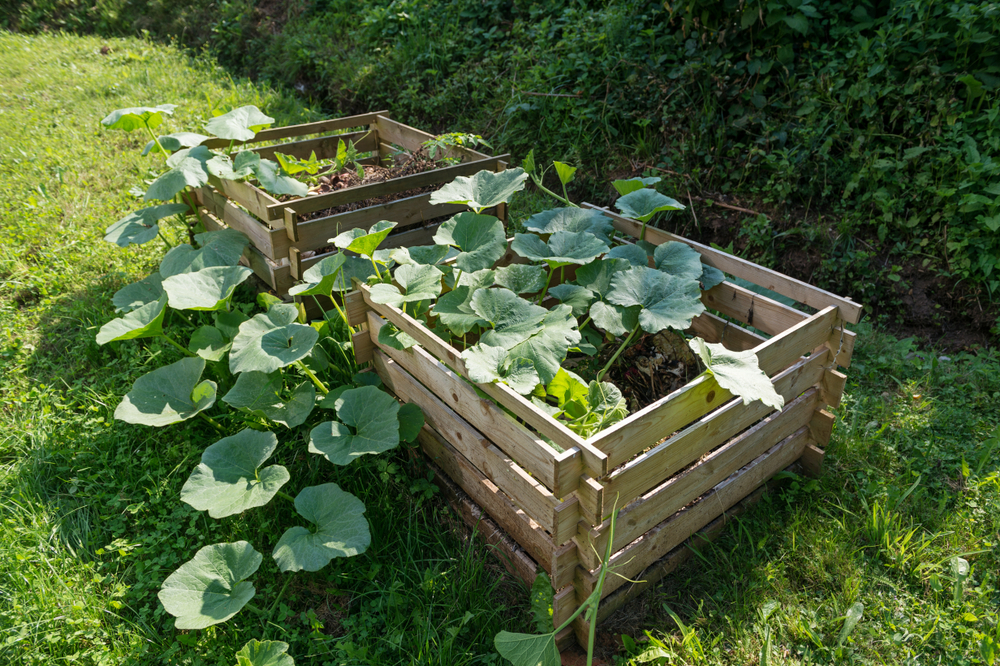
If you’ve already improved the soil in your garden, and have a rich and fertile growing area high in organic matter – then you are in great shape.
Your zucchini or squash plants will love these fertile growing conditions. But if your soil is not ideal, you will have a bit more work to do before you sow or plant these crops.
4. Providing Too Little Space Between Plants
Since these plants require plenty of nutrients as they grow, it is very important to make sure you don’t sow or plant zucchini and squash too closely. Plant spacing is always important. But it is especially important when talking about plants with high fertility needs.
If sowing or growing zucchini in rows, you will usually aim for an eventual plant spacing of around 36 inches. Different varieties of squash will have very different space requirements. But generally speaking, in row growing, you should space plants 36-60 inches apart.
In square foot gardening, one smaller zucchini or squash plant can be placed within each square foot area. However, some will require a 4 sq ft space (or even more). Again, which variety or varieties you are growing will make a big difference.
5. Not Using Vertical Growing Techniques
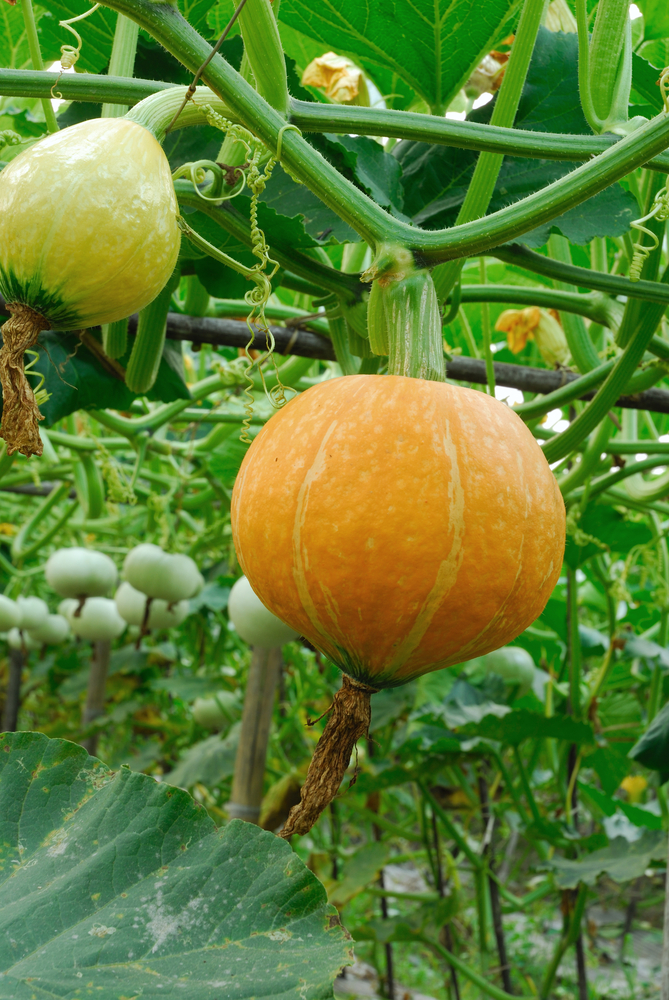
When it comes to plant spacing, however, it is important to remember that you can considerably reduce the amount of space these plants take up in your garden by using vertical gardening techniques.
In a larger garden, you may not mind growing large, sprawling plants that take up a lot of ground. But if your space is limited, it is a mistake not to use plant supports, trellises etc. to hold plants more vertically and stop vining squash from trailing over a large area.
For more information on how to grow squash vertically in smaller spaces, check out this article.
6. Making Mistakes With Watering
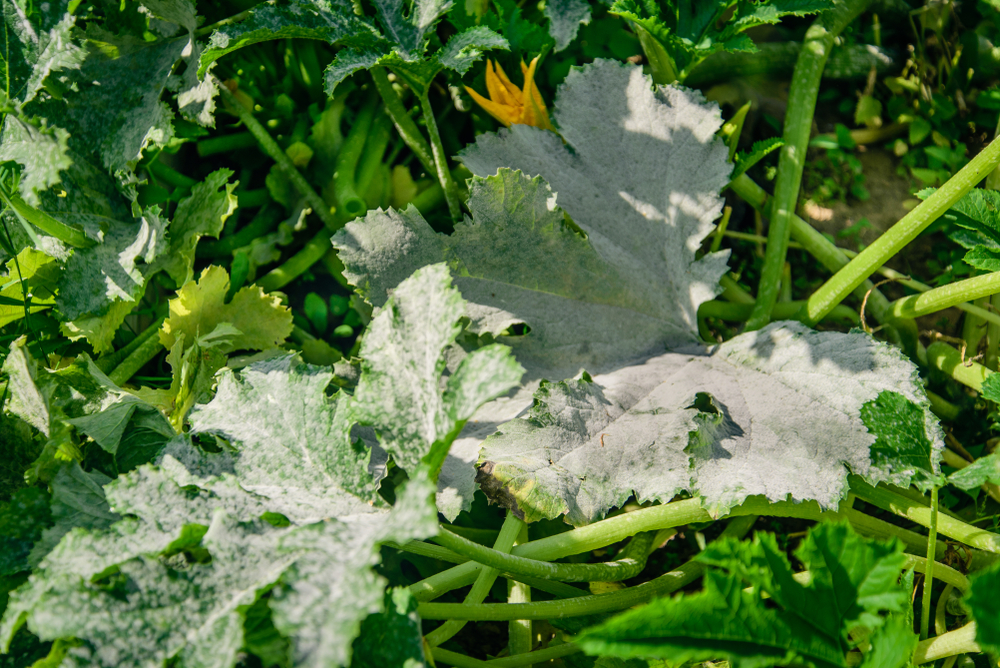
Zucchini and squash are not just hungry plants – they are also pretty thirsty plants too. It is important to make sure that you water enough. Many of the common issues with these crops revolve around problems with watering.
Of course, one common issue is not watering enough. But not watering correctly can also cause a range of issues.
These plants can be prone to rotting if water gathers around the base of the stem. A good tip to avoid this problem is to plant your zucchini or squash on mounds, so water runs away from the crown.
These plants can also be prone to problems such as powdery mildew. The likelihood of fungal diseases taking hold is reduced if you avoid watering the leaves.
Try to always water at the base, into the soil, rather than from above. And use a good organic mulch around your plants so that soil does not splash up onto leaves or fruit.
7. Not Feeding Hungry Zucchini and Squash Enough
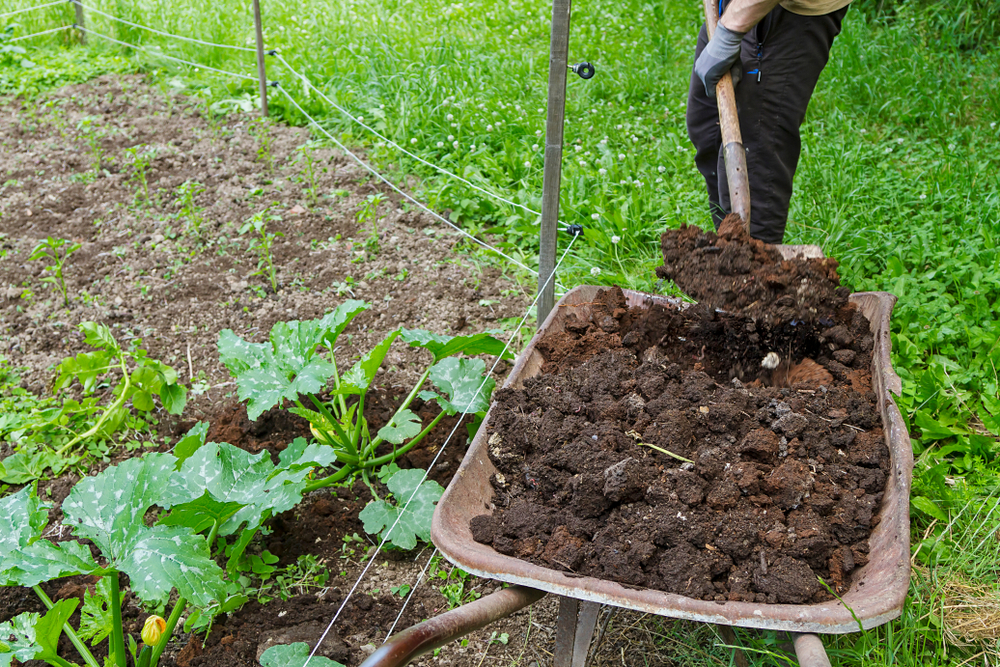
Starting with a good, rich, fertile soil is always crucial. But it is also important to remember that you will need to replenish fertility around zucchini and squash throughout the growing season.
Failing to replenish nutrients will often mean that yields won’t be as high as they could have been. And your plants will not be as healthy and may lack vigor over time.
There are two main ways to add fertility in an organic garden. The first is by adding a rich mulch of organic matter around your plants.
I would recommend using a well-rotted manure or home-made compost. You can also chop and drop a range of plant materials to add fertility to the soil around your plants.
The second way to add fertility is using liquid fertilizers.
Zucchini and squash will benefit from a balanced NPK fertilizer during the earlier stages of their growth, and a potassium rich feed (like one you might use on your tomato plants) during the flowering and fruiting stage. A comfrey feed is one example.
8. Not Choosing the Right Companion Plants
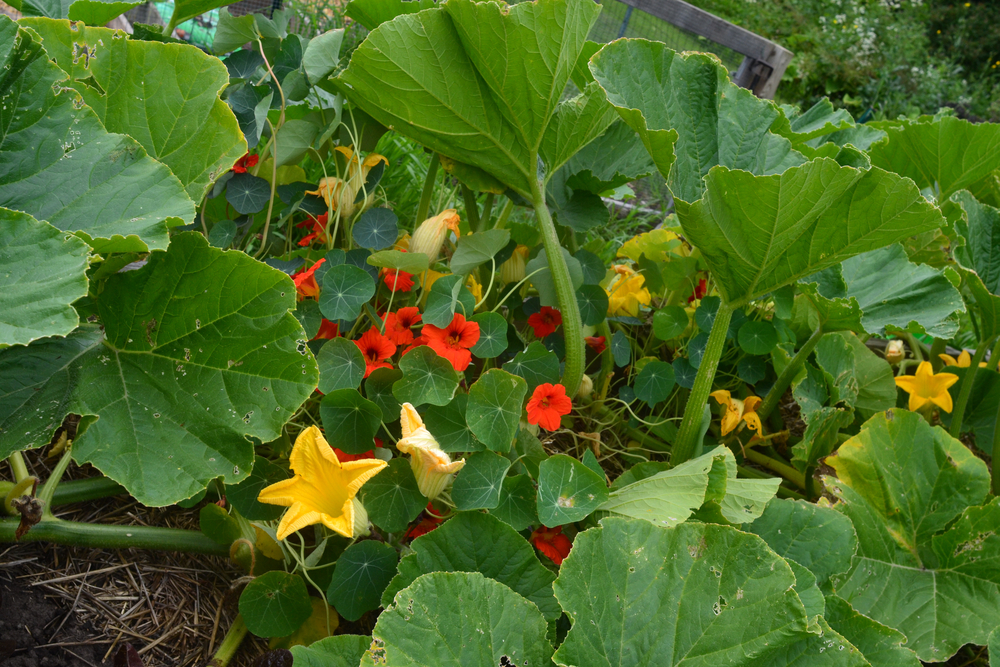
Companion planting can also help improve and maintain the soil around your zucchini and squash. Don’t make the mistake of growing these crops in mono-crop plantations.
There are a range of benefits to be derived from creating polycultures, with multiple different plants in the same growing areas.
Various different squash can form one of the ‘three sisters’ in one of the best known companion planting combinations. The three sisters planting plan involves growing squash alongside corn and beans.
The squash in this planting plan shades the soil, reducing moisture loss and weed growth. It also helps to protect the other crops from being eaten by a range of pests. The corn, meanwhile, is the ‘supporting sister’ – providing support for beans to grow. And the beans nurture the squash and corn as a nitrogen fixing plant.
But plenty of other plants make excellent companions for your zucchini and squash. You can find a full list here, but examples include:
- Peas (another nitrogen fixer).
- Tomatoes (which require similar growing conditions).
- Radishes (a trap crop for flea beetle, which can be harvested before they begin to compete for nutrients).
- A range of aromatic herbs (which can help repel or distract pests, and draw in pollinators and other beneficial insects).
- Nasturtiums (another great flea beetle trap crop, and also good for attracting pollinators and other beneficial insects).
- Borage (again, fantastic for drawing in the bees and other beneficial wildlife).
Check out this article for other suggestions of flowering plants to grow in your vegetable garden.
Certain crops should also be avoided. For example, don’t grow potatoes close to your zucchini or squash. And avoid sowing hungry leafy crops like brassicas nearby.
Not choosing the right companion plants can be a big mistake. The right companion plants can make a big difference to how strong, healthy and productive your zucchini and squash will be. They can add fertility, help control pests, and bring in pollinators.
Speaking of pollinators one other thing to mention is that if you do not have enough, in addition to companion planting to attract them in, you can also consider taking things into your own hands. You can hand pollinate squash plants to boost the chances of a good harvest.
9. Not Making the Most of Secondary Yields
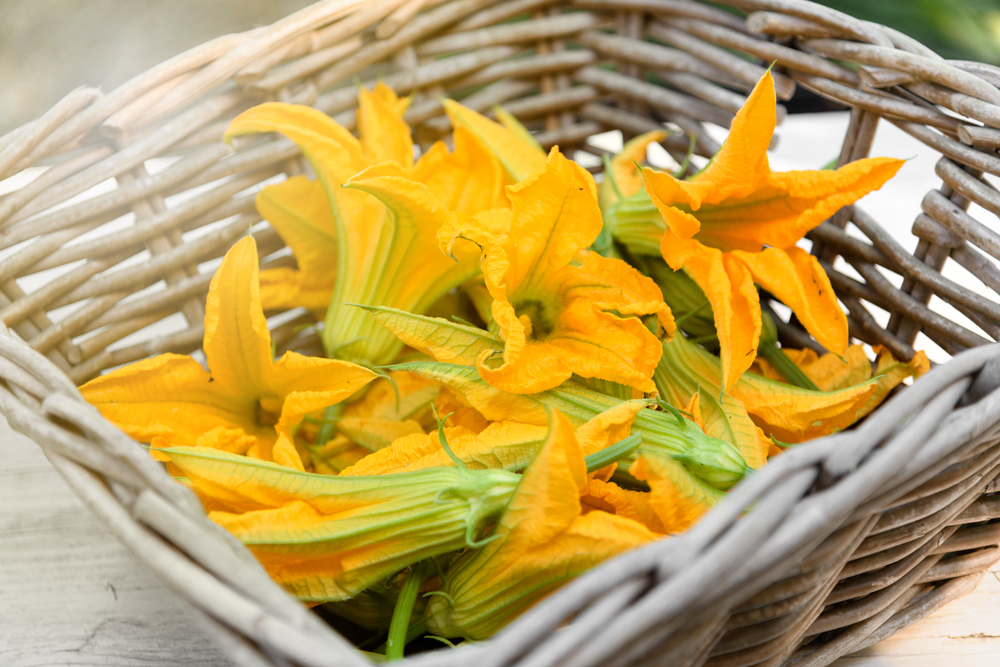
Most gardeners are focussed on the fruits when it comes to zucchini and squash. But it can be a mistake to overlook the potential of secondary yields from these plants.
In certain parts of the world, it is common to cook and eat the leaves of these plants. When cooked, both zucchini and squash provide an abundant source of healthy (and tasty) greens, as well as their fruits.
So when you remove leaves to allow fruits light to ripen, don’t throw them on the compost heap – eat them instead!
And it is also worthwhile remembering that you can eat the flowers too. Zucchini and squash develop both male and female flowers. Once the male flowers have done their job and produced their pollen, they are no longer needed.
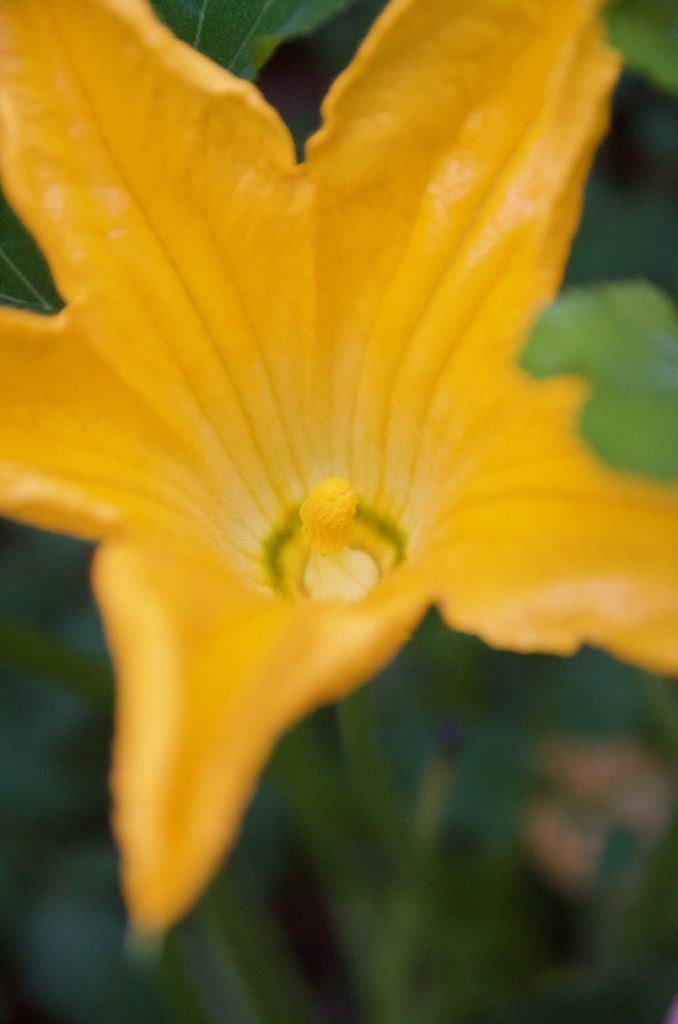
But rather than simply letting these die back, you could consider harvesting them and stuffing them, or using them in other ways in a range of recipes, while fruits form behind the pollinated female flowers.
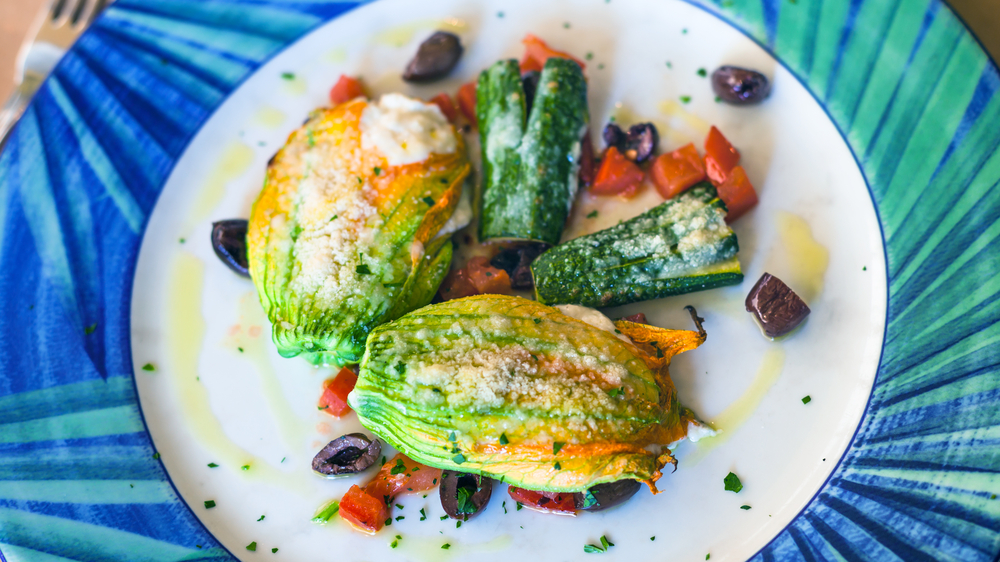
10. Not Harvesting Zucchini or Summer Squash in Time
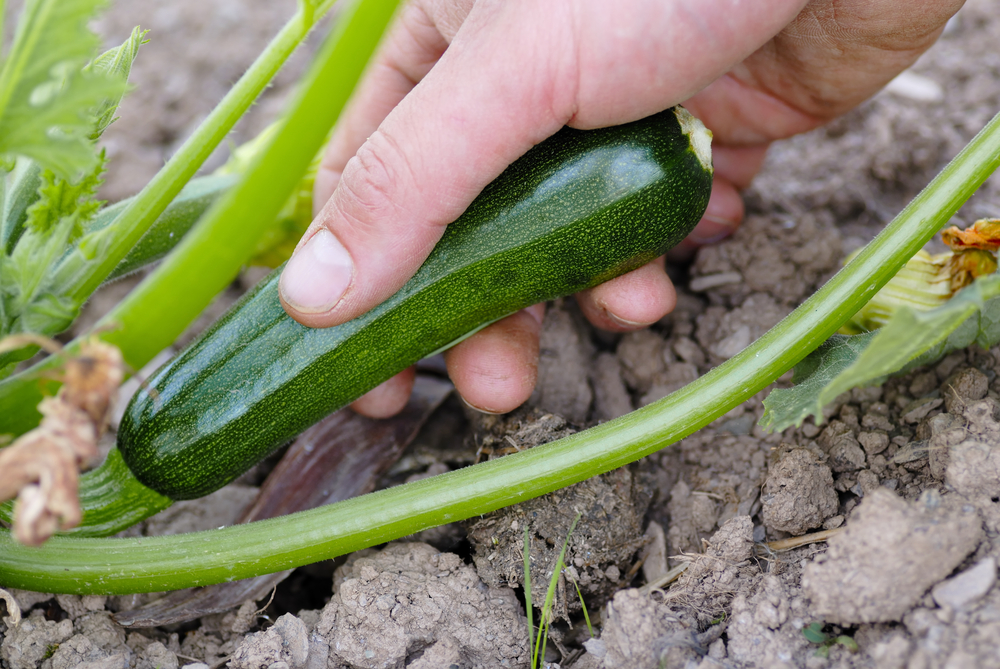
Zucchini and summer squash varieties can sometimes produce so many fruits that it can be difficult to keep up! But for the best taste and texture, it is important not to leave these on the plants for too long.
Picking them when they are small and tender is usually the best thing to do. If you leave them too long, they can lose much of their flavor and become watery, or sometimes tough.
I’ve known a number of gardeners who have complained that their zucchini are bland and watery. They leave it far too long to harvest and end up with massive marrows that they do not actually want to eat.
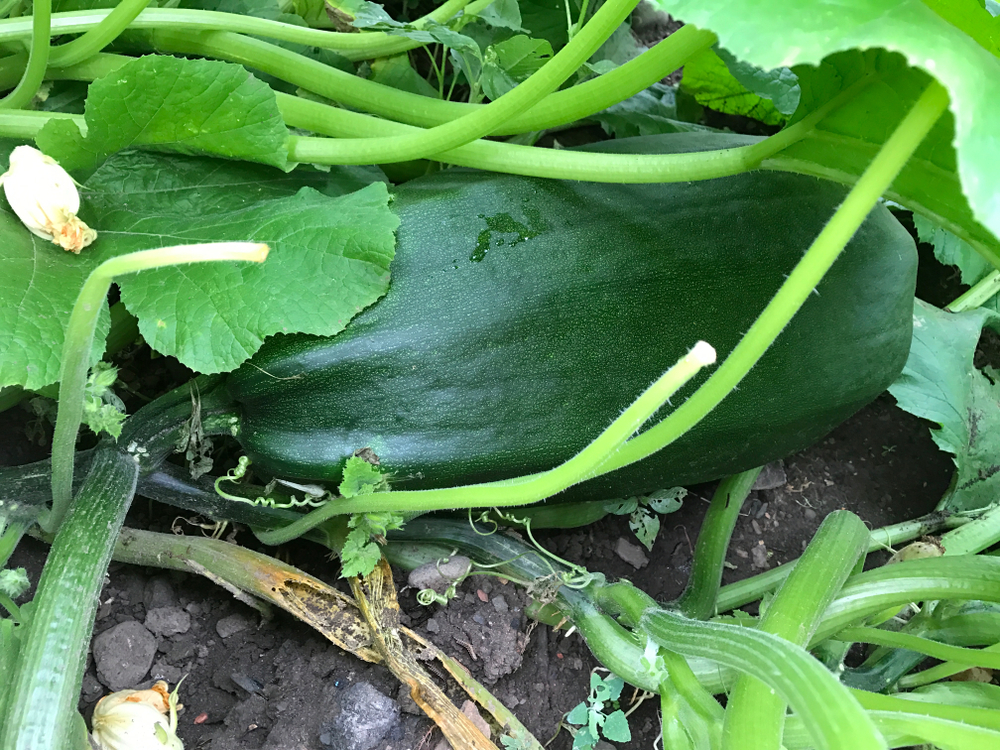
I pick zucchini and summer squash when they are young and quite small. Personally, I far prefer their flavour at this stage. Plus, frequent picking encourages the plants to produce more fruits. So though the fruits are much smaller – I can achieve a higher yield over all by picking them small.
11. Not Preserving a Zucchini or Summer Squash Glut
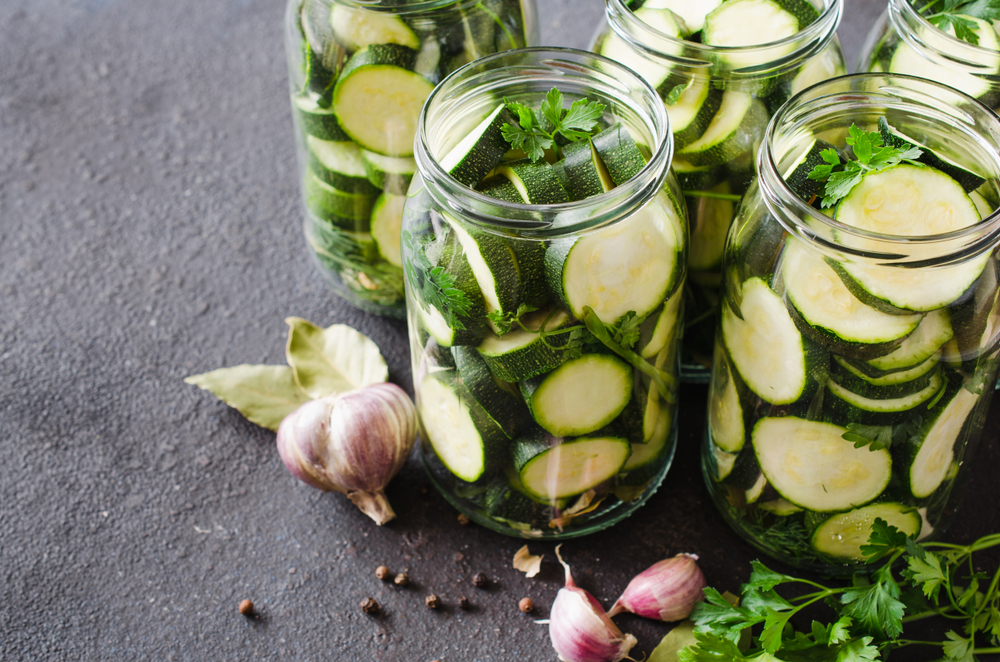
Of course, some plants can be so productive that you can end up with a glut. You might find that there is no way to eat all the zucchini or summer squash fresh.
Of course, you can give some away to friends, neighbors or others in your community. But if you are not using other preservation techniques to make the most of your harvests – that is also a mistake.
As a home grower, gardening is only one of the important skills you need. You should also be able to cook, and preserve, all the delicious produce that you grow.
Check out this recipe for zucchini relish, for example. In this article, you’ll also find several other great suggestions for preserves to make with these crops.
Personally, I love to make and can a cabbage and zucchini sauerkraut in summer, and a zucchini, onion and apple chutney later in the year. And I’ve experimented with a wide range of different recipes. You should too – if you want to make the most of your harvests.
Here’s our guide to freezing, canning and preserving your zucchini harvest this summer.
12. Harvesting Winter Squash Too Early
With summer squash and zucchini, harvesting earlier is generally better. But it is important not to harvest winter squash too early. Harvest winter squash too early and it will not be as suitable for storage and will generally go off more quickly.
Winter squash and pumpkins will be ready to harvest when their skin is hard, firm and well-colored (though color will, of course, depend on the variety).
Use a fingernail to test it – it should dent but not puncture. Another way to tell if the squash is ready to harvest is to give it a thump. When you do so, it should sound hollow.
Finally, look at the stem above the fruit in question. It should have begun to turn hard.
Most winter squash will be ready for harvest around 120 days from when the seeds were sown. This can also give you a clue about when to harvest your crop. Though again, this can vary quite a bit depending on which variety or varieties you have grown. You should aim to harvest just before the first frost.
13. Wasting the Seeds From Squash
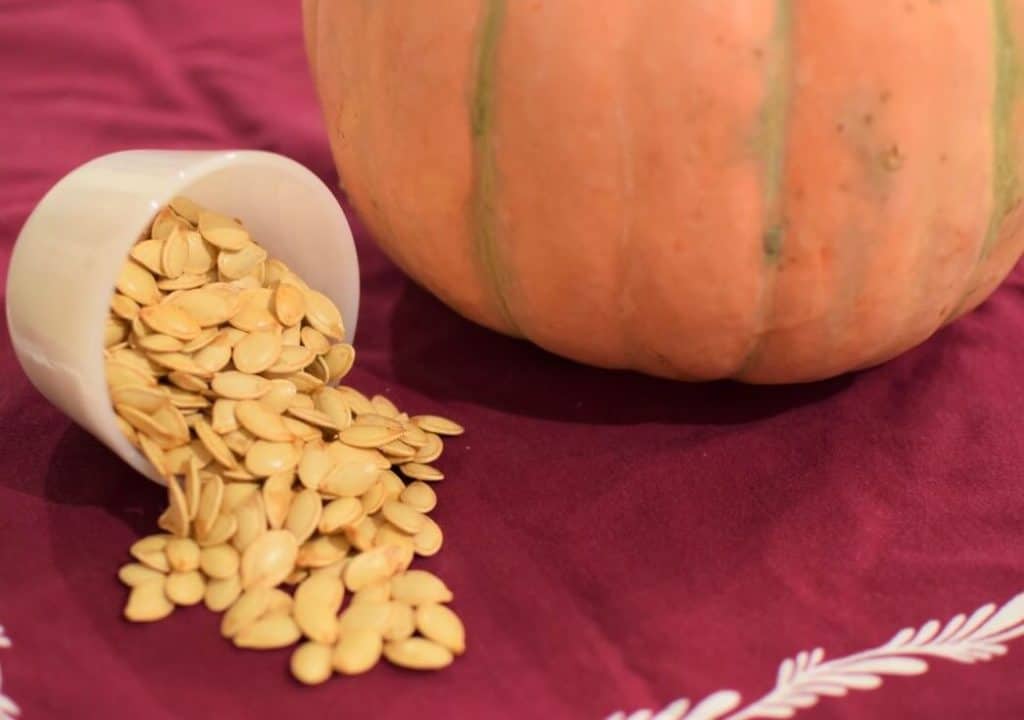
When preparing your winter squash to cook and eat, or preserve, don’t throw away the seeds.
Of course, you might be able to save your seeds to sow next year. But it is also worth bearing in mind that the seeds can also be an additional edible yield.
Roasted squash or pumpkin seeds make a delicious healthy snack. We use them in a range of ways, in breads and sprinkled on top of seasonal recipes come fall.
Here’s our guide for saving pumpkin seeds to grow again next year or to eat this year.
14. Not Curing Squash Before Storage
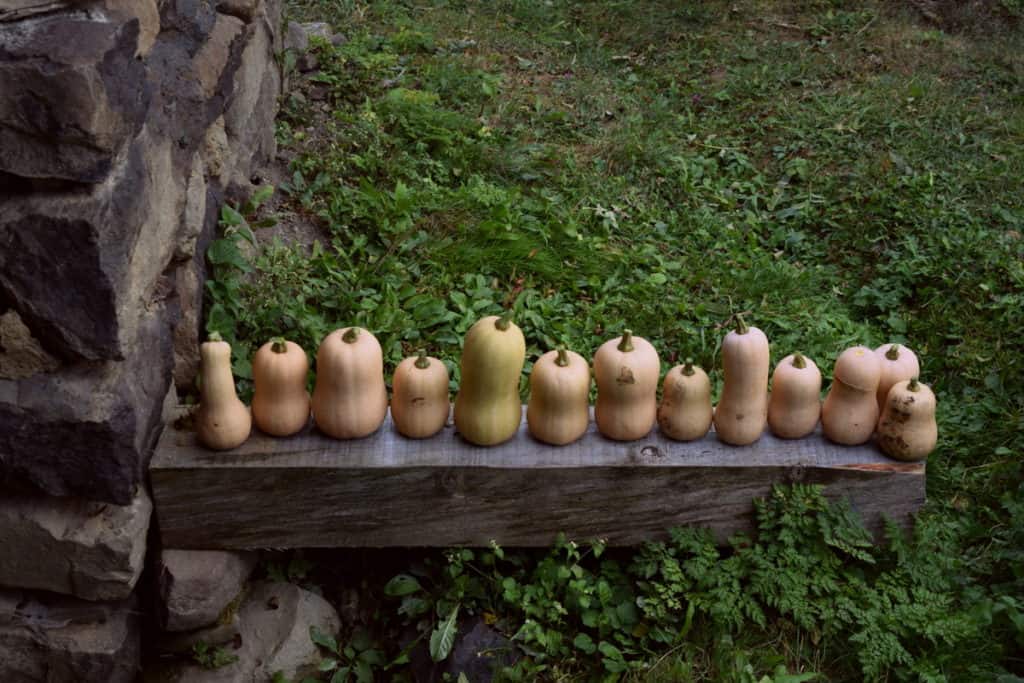
If you plan to keep your squash in store to use them over the winter months, it is important to cleanly cut through the stem with a sharp knife or a pair of garden shears.
Check your squash over carefully for any blemishes, and use up any damaged fruits first, keeping the best examples for long-term storage.
In order to store your squash successfully, you need to put them through a process known as curing. This is a sort of drying process. It is essential if you want to store squash successfully.
To find out more about curing and storing winter squash and pumpkins, check out this article.
15. Storing Squash Incorrectly Over the Winter Months
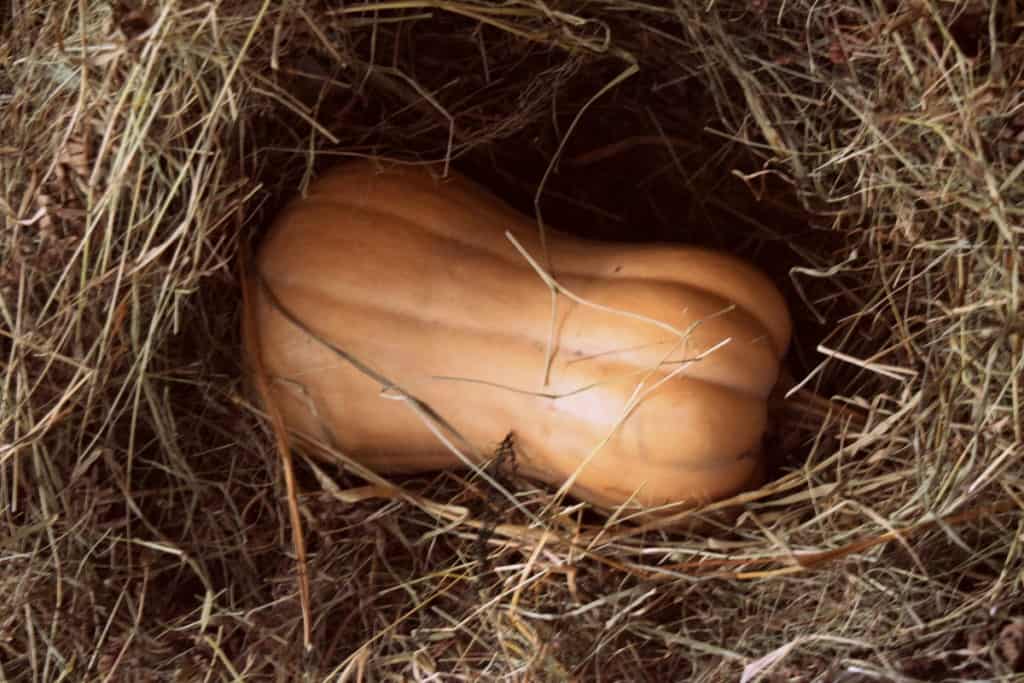
After all the hard work you’ve put in, it would be a shame to fail at this very last stage. There are a range of common mistakes when it comes to storing squash. Most revolve around storing them in a place that is too hot (or too cold), or lacks the right humidity levels.
Squash and pumpkins should generally be stored at temperatures of around 50-55 degrees F. And the optimal humidity level is 50-70%. The space you use should be dark, dry and well-ventilated.
Make sure the squash don’t touch or you could end up with spreading rot and lose a high proportion of your harvest.
Check your squash regularly, and remove any that look like they are beginning to spoil. But kept in the right conditions, your stored squash should see you through until spring.
Growing these crops can be a really rewarding thing to do. Get it right and you could have zucchini and squash to sustain you and your family through much of the year.
Think about the mistakes mentioned above and how to avoid them. This may help you avoid common pitfalls and waste, and meet with success in your gardening efforts.

Get the famous Rural Sprout newsletter delivered to your inbox.
Join the 50,000+ gardeners who get timely gardening tutorials, tips and tasks delivered direct to their inbox.


